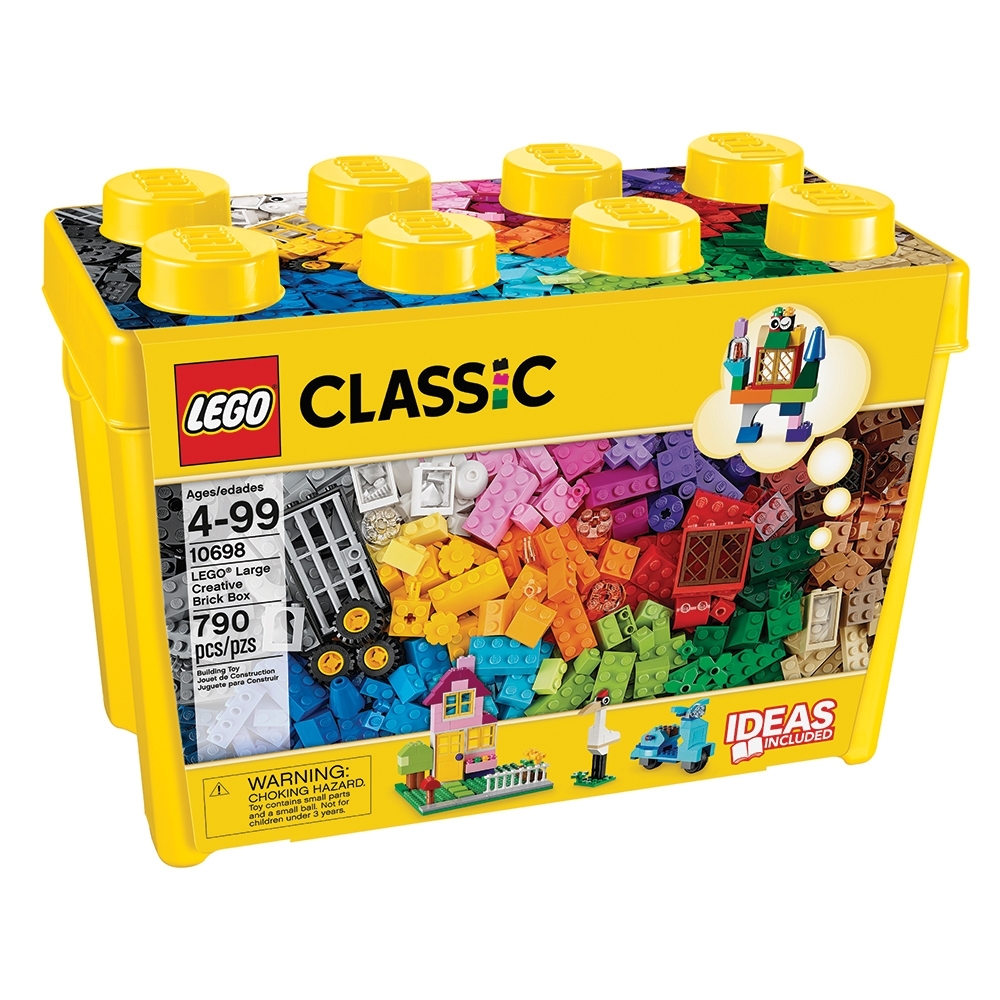Gutter Cleaning Charleston services to your home maintenance routine can help reduce structural damage and costly repairs. This is because clogged gutters prevent water from flowing properly and can cause soil erosion around the foundation of your home.
Begin by using a gutter scoop or garden trowel to remove the visible debris from your gutters. Then use a hose to flush out the rest of the gunk.
1. Proper Drainage

A gutter system’s main function is to direct water away from the house. But if it’s clogged, you’ll end up with water spilling over the sides and onto the ground. This can damage your roof and foundation over time. Regular gutter cleaning can keep water flowing freely, safeguarding your home and prolonging its lifespan.
The best way to determine if your gutters are clogged is by checking them when it rains. If water flows over the edges, it’s likely that something is blocking the flow of water, like leaves, twigs, or debris. A professional can help you clean your gutters and ensure that they’re properly directing water away from the house.
Gutter Cleaning is a tedious task that requires a ladder and a trowel, but it’s important to remember your safety. Before climbing the ladder, make sure that it’s on stable ground and that you’re wearing a pair of gloves and protective eyewear. Also, be sure to remove any debris from the ladder’s feet and reposition it as needed for stability.
Once on the ladder, it’s crucial to start at the top of the gutter and work your way down to ensure that you don’t push gunk into the downspout and clog it. Once the larger debris is removed, you can use a hose to flush the remaining sand and grit from the gutters. Be sure to check the downspout strainer as well, since a clogged one can cause backflow and water damage. Once the gutters are clog-free, you’re good to go!
2. Prevents Water Damage
Gutters are designed to carry rainwater or snow melt away from a home’s roof and foundation, protecting it from a variety of problems. However, if the gutters become clogged with debris, water can overflow and cause damage. This is why regular gutter cleaning is so important.
Water that overflows from clogged gutters can infiltrate the walls of your house, causing them to rot and crumble. This can lead to expensive repairs, especially if the water seeps into the basement and other lower levels of the house. Regular gutter cleaning helps prevent this from happening, saving you money in costly repairs.
A clogged gutter can also overflow onto your roof, leading to water leaks. This can also cause rot and deterioration of roofing materials, which can be very expensive to repair. Regular gutter cleaning can help prevent this from happening, allowing your roof to last longer and protect your home’s structure.
Gutter cleaning is one of the most overlooked home maintenance tasks, but it’s an essential part of keeping your home safe and in good condition. If you’re noticing signs of clogged gutters, such as overflowing water, rusty downspouts, or a decrease in curb appeal, it’s time to call for professional assistance. A professional gutter cleaner can clear away any debris, making your home safer and more appealing. With proper care, your gutters can last for decades, protecting your home and preventing costly repairs.
3. Prevents Pests
While many homeowners think of gutter cleaning as an aesthetic issue, clogged gutters are also a breeding ground for pests. Standing water in clogged gutters provides the perfect breeding grounds for mosquitoes, flies, and other pests that can carry diseases that can affect your family’s health. Regular gutter cleaning removes these conditions, preventing pests from taking up residence in your home.
Additionally, clogged gutters provide a great spot for rodents to build nests, which can lead to damage throughout your home. Mice and rats can chew through the wood of your gutters, causing expensive damage and even structural problems. Additionally, if they make their way inside your home, they can cause additional problems by spreading disease and carrying parasites and pathogens.
Lastly, clogged gutters can become a refuge for bees and wasps looking for a place to build their hives. This can result in dangerous, painful stings if you or your family comes into contact with them. Additionally, once they form their hives in your gutters, they can cause further issues by pollinating the surrounding plants and spreading spores that can cause allergies, asthma, and other respiratory problems.
Gutter guards can help prevent pests from taking up residence in your gutters, but it’s still important to have them regularly cleaned. Professional gutter cleaners can help you avoid costly pest infestations by cleaning out your gutters regularly and ensuring they’re free of debris. They can also recommend a variety of gutter guards to protect your gutters from debris and blockages, so you don’t have to worry about them becoming a breeding ground for pests. Gutter guards also keep leaves and other debris from entering your gutters, preventing clogs.
4. Increases Curb Appeal
While many property owners focus on landscaping and exterior paint when it comes to home maintenance, neglecting gutter cleaning can lead to unsightly stains and water damage that detract from the overall look of the house. Regular gutter cleaning ensures that water flows easily, preventing overflow and staining on exterior walls, sidewalks, and other structures. Combining sidewalk pressure washing with gutter cleaning helps to create a clean and safe environment that encourages outdoor activity while also elevating the aesthetic of the property.
Gutter systems are designed to direct rainwater away from the foundation of a home, protecting the structure and preventing costly repairs in the future. When the gutters are clogged, however, water can back up under the shingles and cause roof damage or even rot. Regular gutter cleaning prevents this issue, extending the life of your roof and safeguarding the foundation of your home.
Gutter cleaning is an affordable way to improve your property’s curb appeal and raise its resale value. Prospective buyers notice a well-maintained appearance, and are willing to pay premium prices for homes that have been cared for by their current owners. Overflowing or clogged gutters are a clear sign that the home has been neglected, and give an unloved appearance. Proper gutter maintenance will keep your home’s value high and boost its curb appeal, so you can enjoy it for years to come.
5. Prevents Mold and Mildew
Mold and mildew aren’t just gross to look at – they can also be a health risk. They produce allergens that can cause symptoms in people with asthma or other respiratory conditions. These can range from hay fever-type reactions to more serious illnesses. Mold can also exacerbate allergies in children and elderly adults, especially those with compromised immune systems.
To thrive, mold needs moisture, oxygen and a food source — cellulose such as wood, paper or certain glues found in building materials. Mold spores are everywhere in the air and can get into buildings through open windows, doors and even air conditioning systems. They can also land on wet surfaces and begin growing.
If you notice a musty odor, you probably have a mildew or mold problem. Clean the area with a product that kills and removes mold and mildew. Follow the directions on the product to ensure a thorough cleaning. Thoroughly dry the area afterward. If there is still a musty smell after drying, you may have a more serious mold and mildew problem and should consult with a professional.
Gutter cleaning helps prevent mold and mildew by removing leaves, dirt and debris that would otherwise be left to rot in your gutters. It is important to keep your gutters clean so they can do their job and keep water flowing properly.
If you decide to tackle a gutter cleaning project yourself, make sure you use proper ladder safety and wear sturdy work shoes and gloves. Also, make sure to have the right ladder size and extender for your job. If you need a professional, consider hiring one who has specialized gutter cleaning tools such as high-powered blowers to blow out larger clogs and a gutter scoop or garden hose with high-pressure spray attachment for larger debris.


